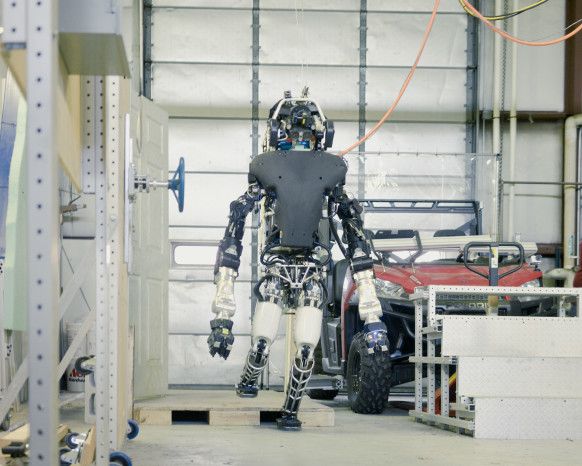Cryptocurrency aficionados have been discussing Bitcoin limitations ever since the blockchain buzz hit the street. Geeks toss around ideas for clearing transactions faster, resisting potential attacks, rewarding miners after the last coin is mined, and supporting anonymity (or the opposite—if you lean toward the  dark side). There are many areas in which Bitcoin could be improved, or made more conducive to one camp or another.
dark side). There are many areas in which Bitcoin could be improved, or made more conducive to one camp or another.
Distinguished Penn State professor, John Carroll, believes that Bitcoin may eventually be marginalized due to its early arrival. He believes that its limitations will eventually be overcome by newer “altcoins”, presumably with improved mechanisms.
So, does progress in any of these areas threaten the reigning champ? It’s unlikely…
 More than any other individual, Andreas Antonopoulos is the face of Bitcoin. We discussed this very issue in the outer lobby of the MIT Bitcoin Expo at which he was keynote speaker (March 2015). Then, we discussed it again, when I hosted his presentation at The Bitcoin Event in New York (also in March). He clearly and succinctly explained to me why it is unlikely that an altcoin will replace Bitcoin as the dominant—and eventually surviving—cryptocurrency…
More than any other individual, Andreas Antonopoulos is the face of Bitcoin. We discussed this very issue in the outer lobby of the MIT Bitcoin Expo at which he was keynote speaker (March 2015). Then, we discussed it again, when I hosted his presentation at The Bitcoin Event in New York (also in March). He clearly and succinctly explained to me why it is unlikely that an altcoin will replace Bitcoin as the dominant—and eventually surviving—cryptocurrency…
Continue reading “Could Bitcoin be Dethroned by an Altcoin?” »

 dark side). There are many areas in which Bitcoin could be improved, or made more conducive to one camp or another.
dark side). There are many areas in which Bitcoin could be improved, or made more conducive to one camp or another.















